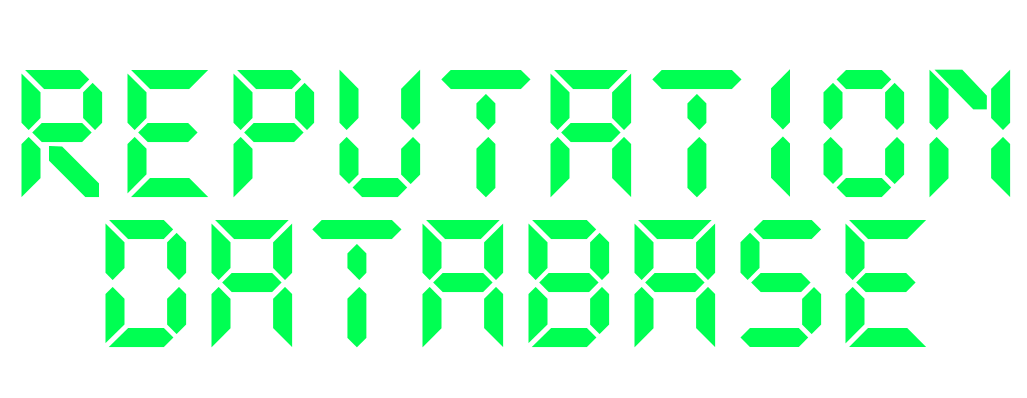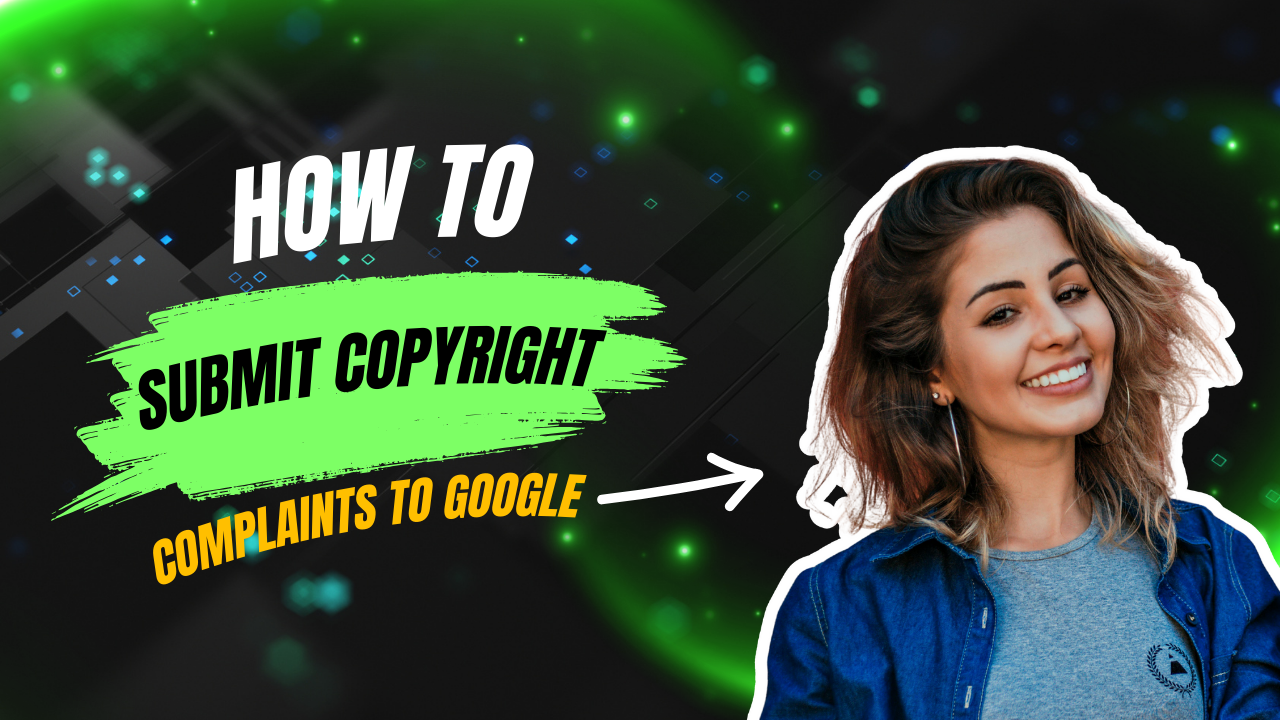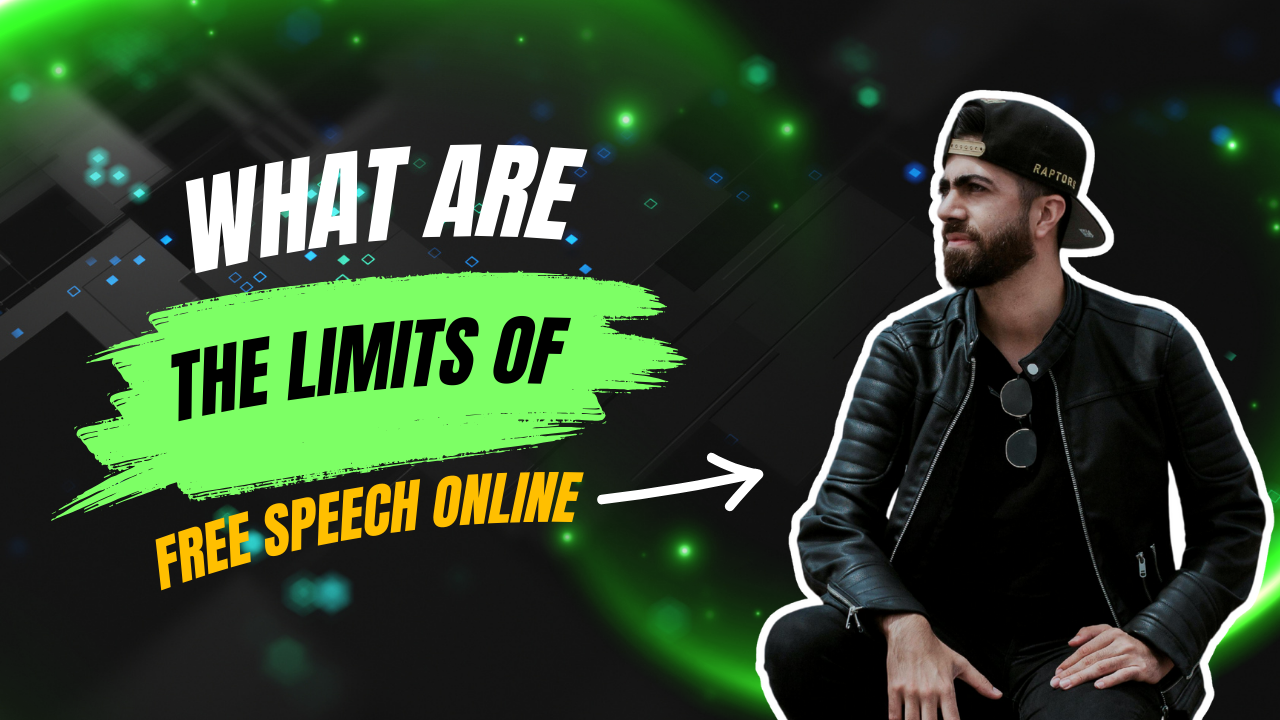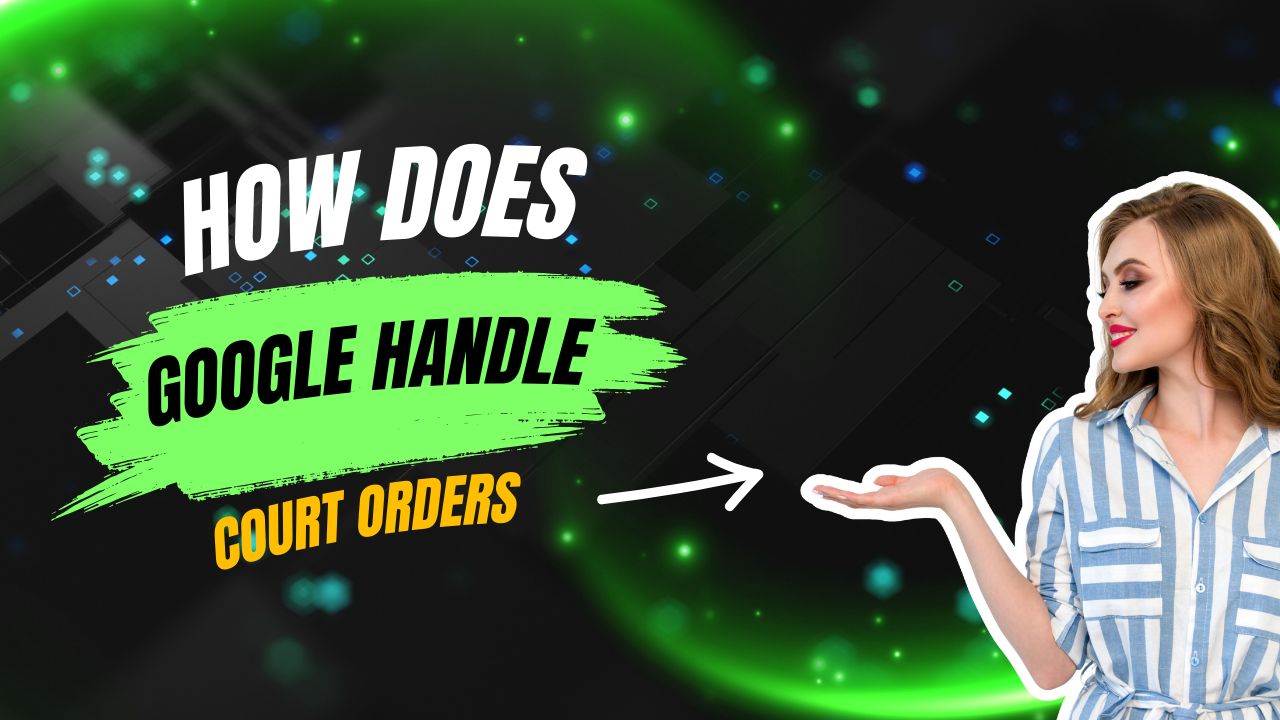Quick Answer
If you win a defamation lawsuit, you can use the court judgment to request legal removal of the content from Google Search. But it’s not automatic. You still have to submit proof to Google through their legal request system.
Here’s exactly what happens next—and how to get results.
More DB Insights: How to Remove Google Search Results
Step 1: Understand What You’ve Won
Winning a defamation case usually means:
- The court issued a judgment or order confirming the content is false and defamatory
- The defendant may be required to remove or retract the content
- You may be awarded damages (optional but helpful for your case)
The most important document for Google is the court order or signed judgment, not just a settlement agreement.
Step 2: Identify What You Want Removed
Now that you have legal leverage, decide what needs to go:
- The original defamatory web page
- Duplicate or syndicated copies
- Search results that surface the content
- Screenshots or summaries indexed by Google
You’ll need exact URLs. Google does not remove “general topics”—you must list each link individually.
Step 3: Submit a Legal Removal Request to Google
Go to:
https://support.google.com/legal/troubleshooter/1114905
Select:
“I have a legal issue that is not mentioned above”
→ “I would like to request the removal of content for legal reasons”
→ “I believe content should be removed for legal reasons”
→ “Defamation or other legal issue”
→ Fill out the form
Required info:
- Your name and contact information
- The URLs to the content and to the search results
- A copy of the court judgment/order
- A description of why the material is legally defamatory
- A sworn statement that the info is accurate
Google may take 1–3 weeks to respond.
What Counts as Valid Documentation?
✅ Accepted:
- Signed court orders
- Final judgments from defamation lawsuits
- Official takedown orders that reference the URL or content directly
❌ Not enough:
- Cease and desist letters
- Private settlements without court signatures
- Threats of legal action
If you have a private agreement, you’ll still need the site owner to remove the content first, or convert the settlement into a formal stipulated order.
Step 4: Monitor and Verify Removal
Once Google processes the request, you may see:
- The link removed from Google Search
- A note in the search footer about removal due to a legal request
- The content may still appear on other search engines or websites
Use tools like Google Alerts or site:domain.com searches to verify removals or identify new duplicates.
What If Google Says No?
If your request is denied:
- Double-check your documentation—did you include the full legal ruling?
- Make sure the URLs match what’s named in the court order
- Resubmit with more clarity or get legal help to revise the filing
You can also escalate by contacting a law firm or an ORM service that handles court-backed removals.
Final Note: Legal Win ≠ Automatic Cleanup
Even with a court win, you still have to follow up. Google won’t remove content just because you say it’s defamatory. You must:
- Submit the correct legal paperwork
- Point to specific URLs
- Use Google’s legal removal form—not the regular “report a problem” tool
Need Help Removing Defamatory Content After a Lawsuit?
If you’ve already won in court but the content still ranks in Google, ReputationDB can help file the right takedown paperwork and push the cleanup forward.
We help clients with:
- Post-lawsuit removals
- Google legal takedown submissions
- Court-backed suppression strategies
- Working with site owners and web hosts
Get a Free Assessment or contact us today to finish what the court started.




